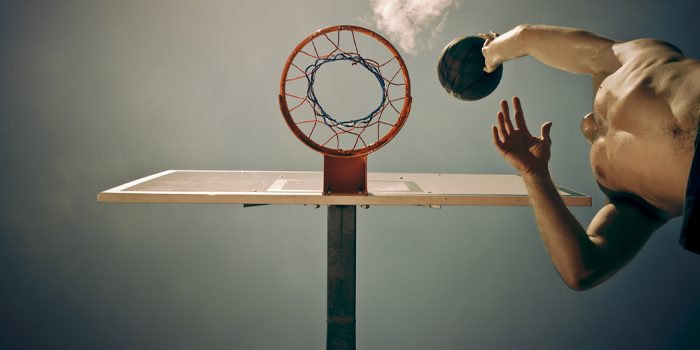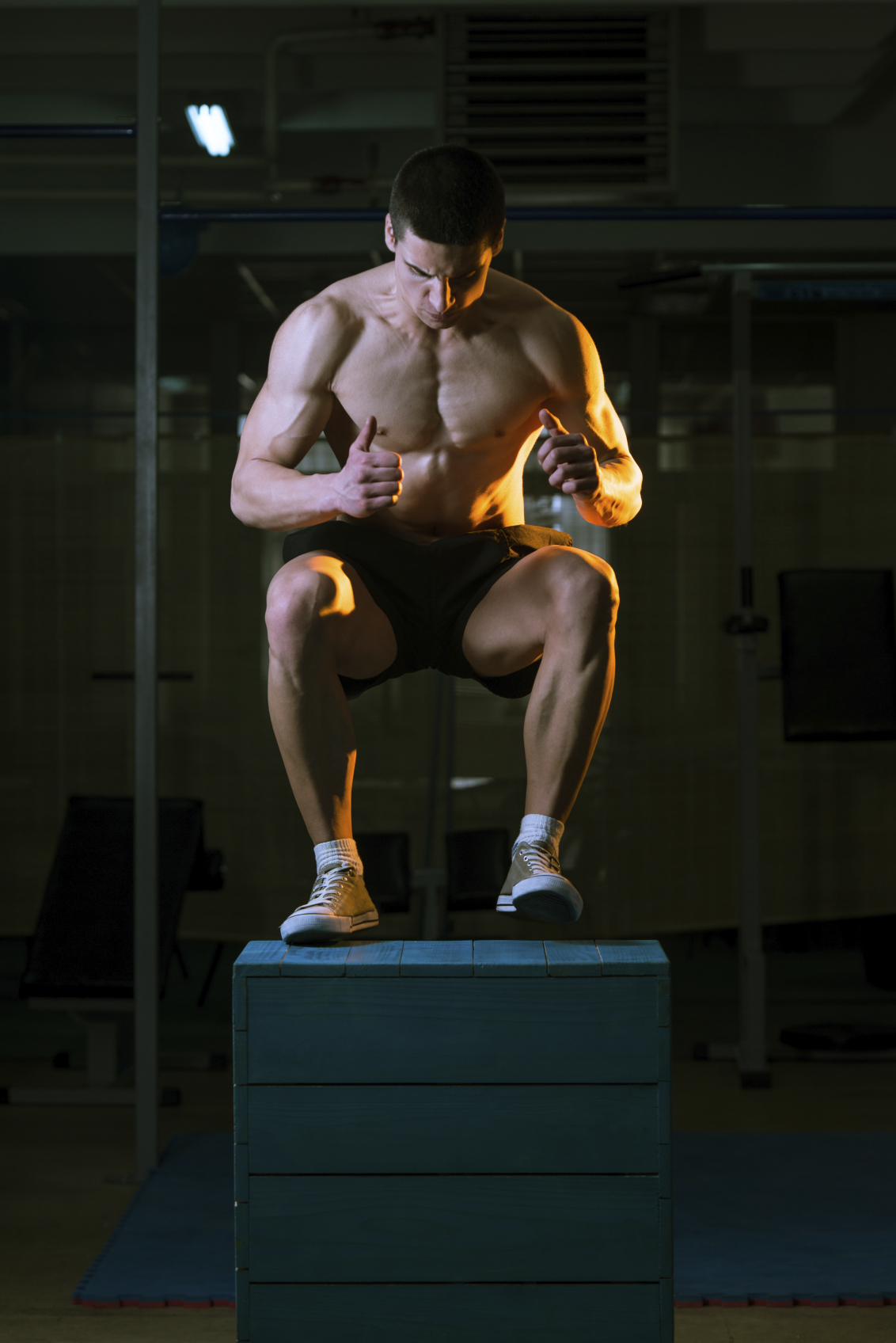
Let’s talk about the vertical jump test. The test is used as a standard by most programs for lower body power and in the NFL, a high combine number can earn some extra cash for both the player and the coach that trained him for the day. Let’s go ahead and look past the measurement that most people are concerned about (total height in inches) and dig a little bit deeper into the vertical jump test.
Total Inches
Okay, so I said we were going to bypass the usual measurement but let’s go ahead and address it and its correlations first so we can move on. A study done by Wisloff et al. that used soccer players showed significant correlation between total height of the vertical jump and max strength in their half squats. Nothing new, right?
RECENT: Dynamic Effort Day for Athletes
A study completed by Bobbert and Soest showed that even though the volleyball players that completed the training regime and vertical jump test were stronger they did not gain total height since they didn’t possess the proper control in their jumping coordination to transfer their power. This goes along with what most of us see when an athlete that has never been taught technique performs the assessment. If you can’t coordinate a movement you can’t perform it well. Let’s move on from this one too.
For all of you weightlifting enthusiasts out there that are convinced it’s the only way to train lower body power I will give you this one. A particular study done by Carlock et al. using USA national-level weightlifters showed a strong correlation between their lifts and their vertical. There you go. Keep cleaning and snatching.
So we have looked at three studies that took up months and months of scholars’ time to find out information that they could have found out in minutes if they just asked a strength coach. If that all is understood then what do we need to be spending our time on?
What else can we look at?
Looking where others aren’t is where you are going to be able to separate your program from others and really begin to do your athletes some good. So what if your freshman lineman has a vertical jump of 24 inches? What does that really mean? Is getting them to 30 really going to make their career or is it just going to make sure you can keep your job? Let’s go ahead and try to do both.
1. Technique
First let’s just get a broad judgement of the movement. Does he or she have any form or technique when performing the assessment? Are they so raw that they have no clue what to do or have they been coached up on the proper technique? How real is the power measurement and how much of it can be attributed to the technique or lack thereof?
2. Knee Position
Now let’s move down to the athletes knees. Is there valgus movement when they begin the eccentric loading or transfer to the concentric portion? If so what kind of musculature do you think is weak and causing that? Make a note of it. If you need to video your athletes performing the assessment and review it later then do it.
3. Hips
The thing to look at here is whether the athlete is using some hip hinge or not. If the athlete is performing a knee-break first movement or never getting real hinge, then maybe it’s because there isn’t much on the posterior chain to use. That can further clue you in about their weaknesses. Go ahead and set up their workout accordingly.
RELATED: How To Increase Your 225-Pound Bench for Reps Test
4. Timing
This one is very important. Just using your common sense and experience think back to the hundreds or thousands of athletes that you have trained and put through this assessment. What did the explosive (fast-twitch) athletes look like when they performed it? They were a quick hip hinge, not creating much depth in their load, then exploded vertically to record a good number. Now look at your non-explosive athletes (slow-twitch). They were the ones that never understood a fast eccentric and never had a great vertical. Watch how fast the movement is performed and you can get a pretty good understanding of their makeup. Of course there will be exceptions but not really that often. How do you set up the training for each one?
5. Landing
The landing of the jump is going to take a little more time but still needs to be assessed. How does the athlete land after they go for max height? Is it out of control? Do they land on one foot and then end up using their hands to keep themselves from laying on the ground? Do they fall flat on their butt? Do they know how to catch themselves after it? All of these movements will give you some insight to exactly how they can control their body. If they end up in a deep squat to absorb the eccentric, what does that tell you about their strength? There is a lot to learn here.
If you are saying to yourself right now, “Thanks, Cory. You just wrote an article that leaves me with more questions than answers”, then you would be right. I didn’t write this to give you an outline for how to fix these problems but instead to create a platform to encourage feedback about it. If you are just measuring the vertical jump to see total inches, you are losing out on a lot of precious information about your athletes. How you use the information is up to you and will be different from program to program. In the end, don’t use the vertical as a test; use it as an assessment.
References
Wisloff, U., Castagna, C., Helgerud, J., Jones, R., Hoff, J. (2004).Strong correlation of maximal squat strength with sprint performance and vertical jump height in elite soccer players. British Journal of Sports Medicine, 38(3), 285-288.
Bobbert, M. F., Soest, A. J. (1994). Effects of muscle strengthening on vertical jump height: A simulation study. Medicine and Science in Sports and Exercise, 26(8), 1012-1020.
Carlock, J. M., Smith, S. L., Hartman, M. J., Morris, R. T., Ciroslan, D. A., Pierce, K. C., Newton, R. U.,…Stone, M. H. (2004). The relationship between vertical jump power estimates and weightlifting ability: A field test approach. Journal of Strength & Conditioning Research, 18 (3), 534-539.
Currently in his third year as a Strength & Conditioning Coach for the Pittsburgh Pirates organization after assisting at The Ohio State University with multiple sports. Previous to working with the Buckeyes, Cory was a Graduate Assistant of Strength & Conditioning at the University of Central Oklahoma where he assisted with all fourteen varsity sports and completed his M.S. in Exercise Science. Cory has a playing background in baseball at Radford University where he received a B.S. in Sports Medicine.










